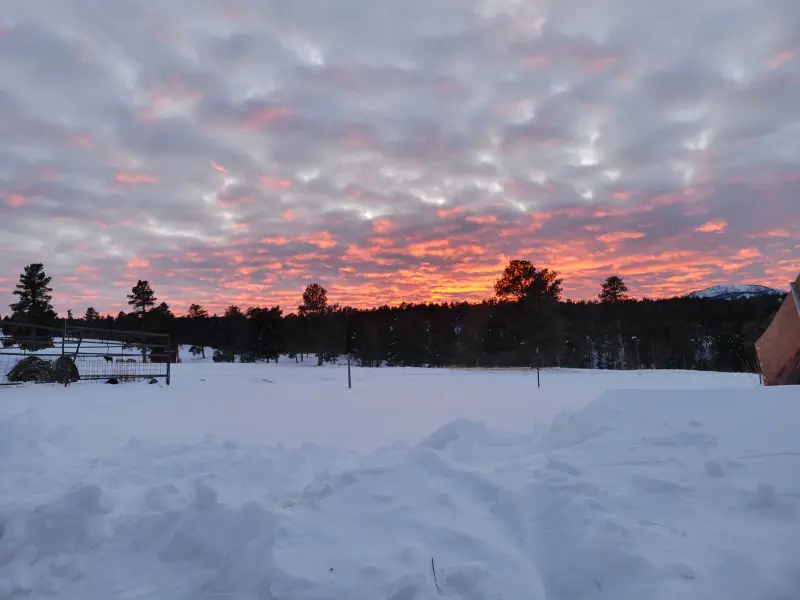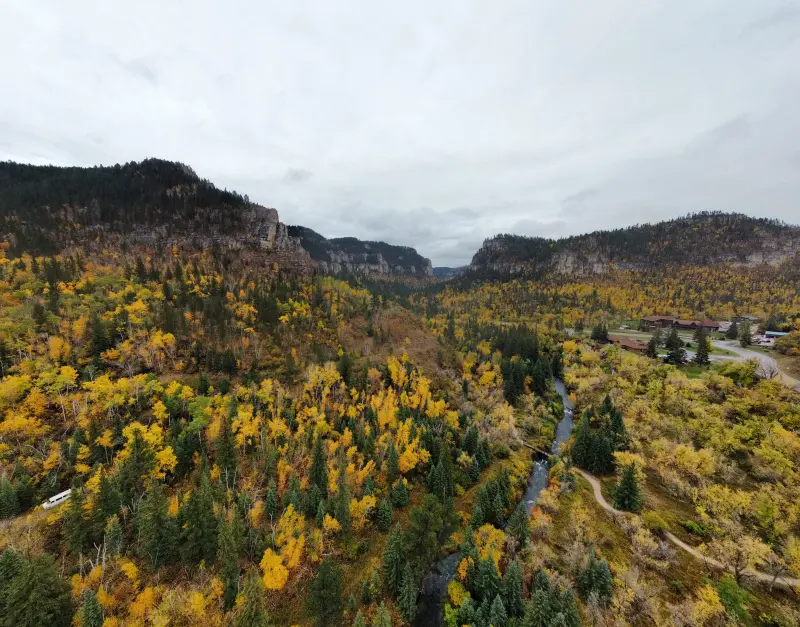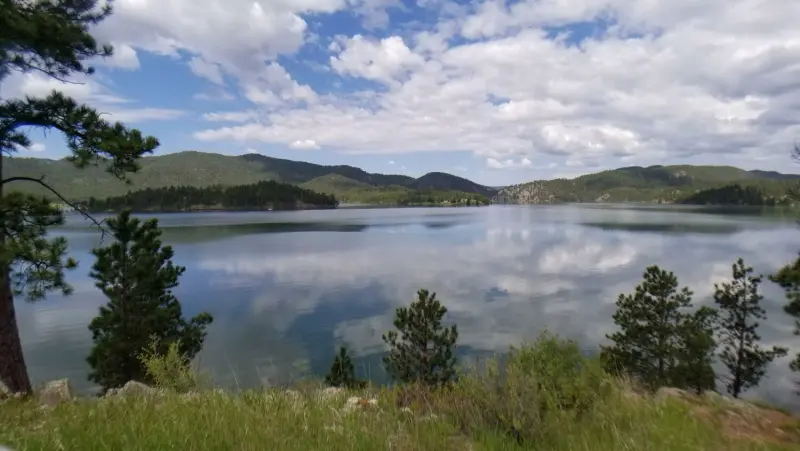The Black Hills region offers breathtaking landscapes for hiking enthusiasts. However, amidst its natural beauty lies an array of dangerous creatures that demand respect and caution from hikers. From venomous arachnids to agile predators, we’ll cover the five most formidable creatures you may encounter while hiking in the Black Hills. By understanding their characteristics and knowing how to respond, you can minimize risks and fully enjoy your outdoor adventures.
Rattlesnakes
In the Black Hills, encountering rattlesnakes is a genuine threat. The region is home to two species: the Prairie Rattlesnake and the Western Diamondback Rattlesnake. These venomous serpents are camouflaged experts, often blending seamlessly into the rocky terrain. When hiking, watch your step and stay vigilant around rock piles, ledges, and sun-warmed areas as these are their preferred hiding spots. If you encounter a rattlesnake, keep calm and maintain a safe distance. Remember, these snakes prefer to avoid confrontation and will only strike if they feel threatened. Listen for their characteristic rattle, which serves as a warning. Slowly back away from the snake, giving it plenty of room to retreat. Do not attempt to handle or provoke them, as their venom can be life-threatening.
Mountain Lions
The majestic mountain lion, also known as a cougar or puma, roams the Black Hills in stealthy silence. Although rare, encounters with these elusive predators do occur. To minimize the risk of an encounter, hike in groups and make noise to alert any nearby lions of your presence. If you do come face-to-face with a mountain lion, avoid running, as it may trigger their instinct to chase. Instead, maintain eye contact and try to appear larger by raising your arms and opening your jacket. Speak calmly and firmly while slowly backing away. If the lion approaches, throw objects at it or use bear spray if you have it. In an extreme situation, fight back aggressively, targeting sensitive areas like the eyes and nose.
Black Widow Spiders
While not a creature you encounter directly on the trail, black widow spiders inhabit the crevices and dark corners of the Black Hills’ rocky terrain. Their venomous bite can cause severe pain and muscle cramps. To avoid encounters with these arachnids, exercise caution when reaching into crevices or collecting firewood. Wear gloves and shake out clothes and shoes before putting them on. If bitten by a black widow spider, seek medical attention immediately. Symptoms may include intense pain, abdominal cramps, sweating, and nausea. Applying ice and elevating the affected area can help manage the pain temporarily.
Bison
Bison, the largest land mammal in North America, roam freely in Custer State Park within the Black Hills. These majestic creatures may seem docile, but they are unpredictable and have been known to charge humans. When encountering bison, give them plenty of space, at least 25 yards or more. Avoid blocking their line of sight or getting between individuals or groups, as this can trigger aggression. Be prepared to take evasive action if a bison shows signs of agitation such as snorting, pawing the ground, or raising its tail. Remember, maintaining a safe distance and respecting their space is crucial for both your safety and the well-being of these magnificent animals.
Ticks
Ticks, especially the black-legged tick (also known as the deer tick), pose a significant threat for hikers in the Black Hills due to the potential transmission of Lyme disease. These tiny arachnids hide in wooded areas and grasslands, waiting for a host to pass by. To protect yourself from tick bites, wear long sleeves, long pants tucked into socks, and use insect repellent containing DEET. After hiking, thoroughly check your body, clothing, and gear for ticks. If you find a tick attached to your skin, remove it promptly using fine-tipped tweezers, grasping the tick close to the skin’s surface and pulling upward with steady pressure.
The Black Hills offer enchanting landscapes and thrilling adventures for hikers, but it’s crucial to be aware of the potentially dangerous creatures that inhabit the region. By respecting their habitats, remaining vigilant, and following safety guidelines, you can minimize the risk of encounters and enjoy your hikes with peace of mind. Remember, knowledge is power when it comes to wilderness safety, so familiarize yourself with local wildlife and prepare accordingly before embarking on your next Black Hills adventure.


